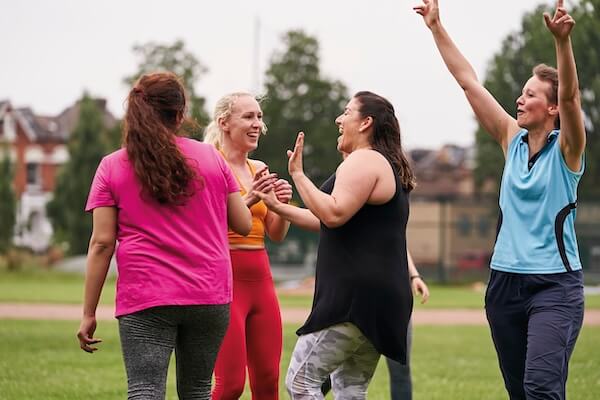
As we age, staying active becomes increasingly important for maintaining our health and well-being. A recent study conducted by Monash University sheds light on the powerful impact that something as simple as walking for transport can have on the longevity of older adults.
Study Overview
The study, which looked at over 11,000 community-dwelling older adults in Australia, found a clear link between walking for transport and reduced risk of all-cause mortality. Participants, with an average age of 75 years, reported their frequency of transport-related walking, ranging from never to every day. Over the course of the study's median follow-up period of 8.6 years, 13.9% of participants passed away.
Walking and Longevity
The results were striking: those who engaged in any level of transport-related walking had a lower risk of mortality compared to those who never walked for transport. Even walking just rarely or once a week was associated with a significant reduction in risk. The benefits increased with frequency, with those walking more than once a week or every day experiencing even greater risk reduction.
Benefits for Apparently Healthy Older Adults
What makes these findings particularly significant is that they were observed in apparently healthy older adults, free from major health conditions like cardiovascular disease and dementia. This suggests that the benefits of transport-related walking extend beyond those with pre-existing health issues.
Implications for Public Health
The study's implications are clear: encouraging older adults to incorporate walking into their daily routines could have profound effects on their health and longevity. Public health campaigns and urban planning initiatives should prioritize making walking for transport easier and more appealing for older adults. Simple measures like improving sidewalk infrastructure, creating pedestrian-friendly neighborhoods, and providing public transportation options can all contribute to making walking a more viable and attractive mode of transport for seniors.
Accessibility and Affordability
Moreover, the beauty of walking for transport lies in its accessibility and affordability. Unlike other forms of physical activity that may require special equipment or facilities, walking simply requires a pair of comfortable shoes and a safe path to stroll along. This makes it an ideal option for older adults looking to stay active without breaking the bank.
Conclusion
In a world where sedentary lifestyles are increasingly common, promoting activities like walking for transport is more important than ever. Not only does it help older adults stay physically healthy, but it also provides opportunities for social interaction, mental stimulation, and a sense of connection to the community.
So, the next time you're considering hopping in the car for a short trip, why not lace up your walking shoes instead? Your health—and possibly your longevity—may thank you for it.
Sources
- Shivangi Shah, Yang Chen, Alice Owen, Robyn L Woods, Joanne
Ryan, Neville Owen, Rory Wolfe, David W Dunstan, Ben Beck,
Carlene Britt, Danijela Gasevic - Walking
for transport and all-cause mortality: a prospective cohort
study of Australian community-dwelling older adults: BMJ
Public Health 2024;2:e000709.
- Walking - the benefits for older people - Better Health Victoria






